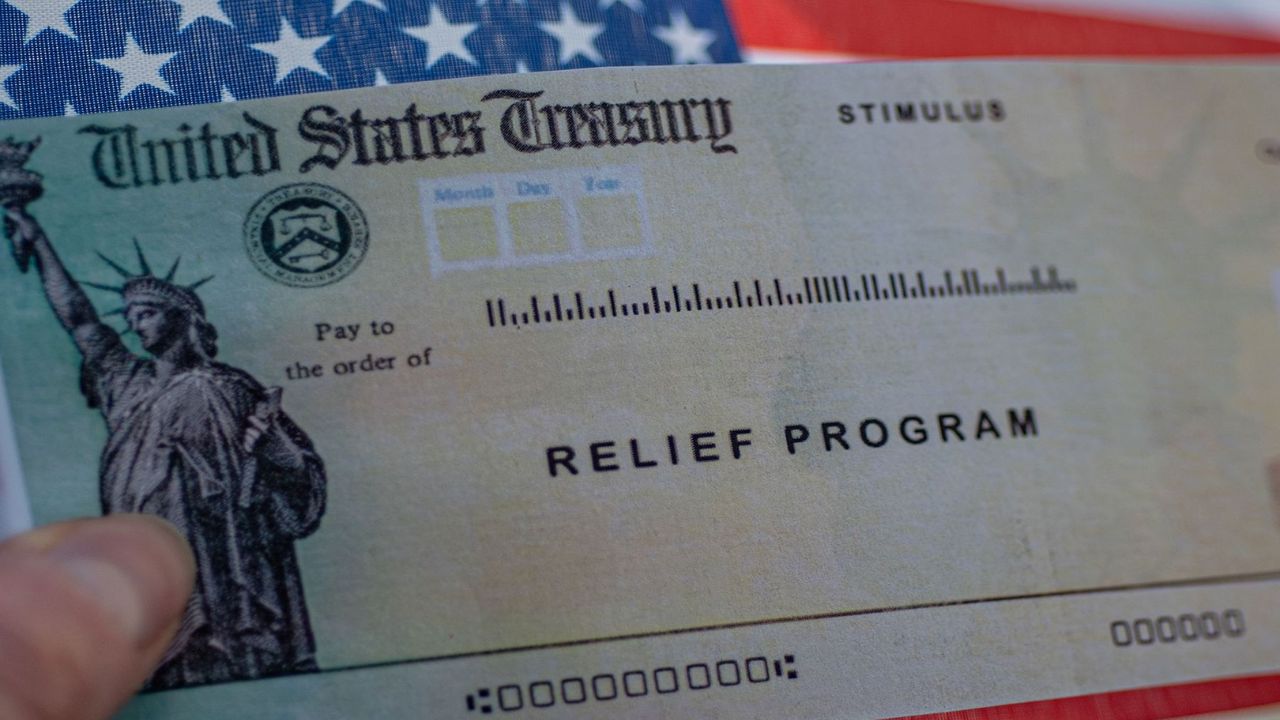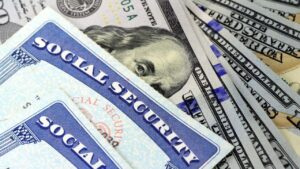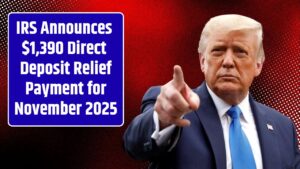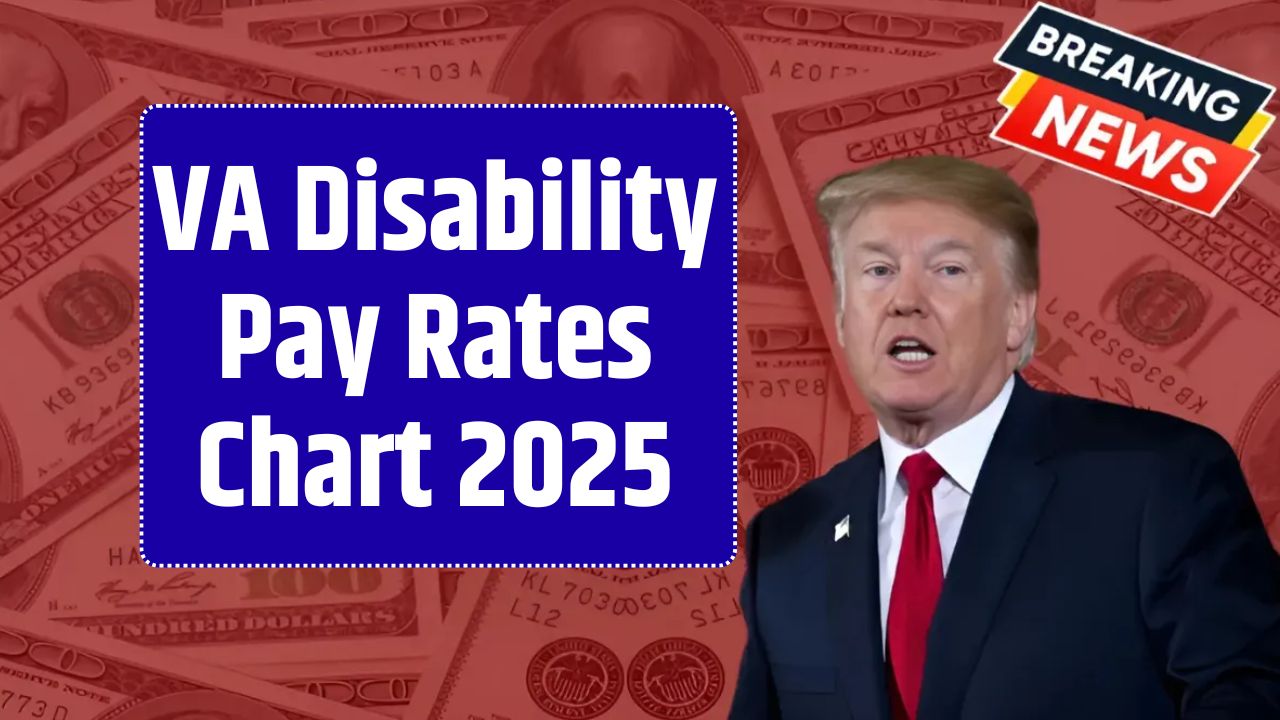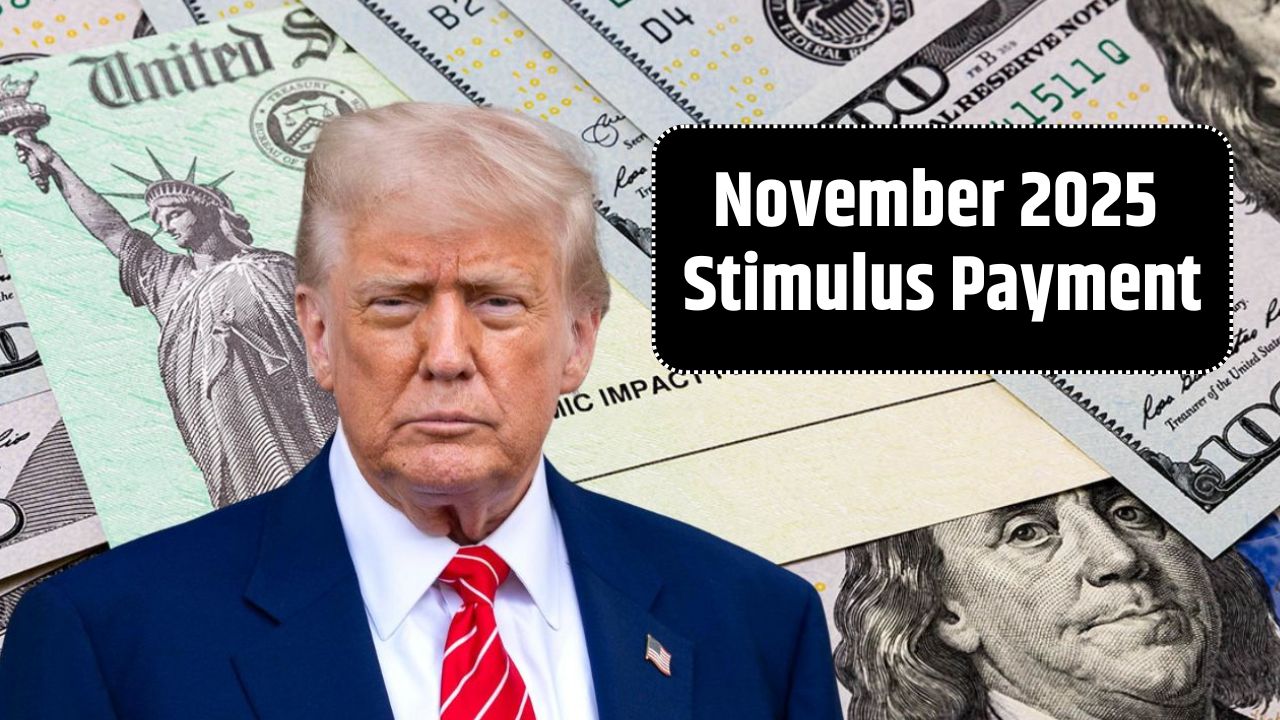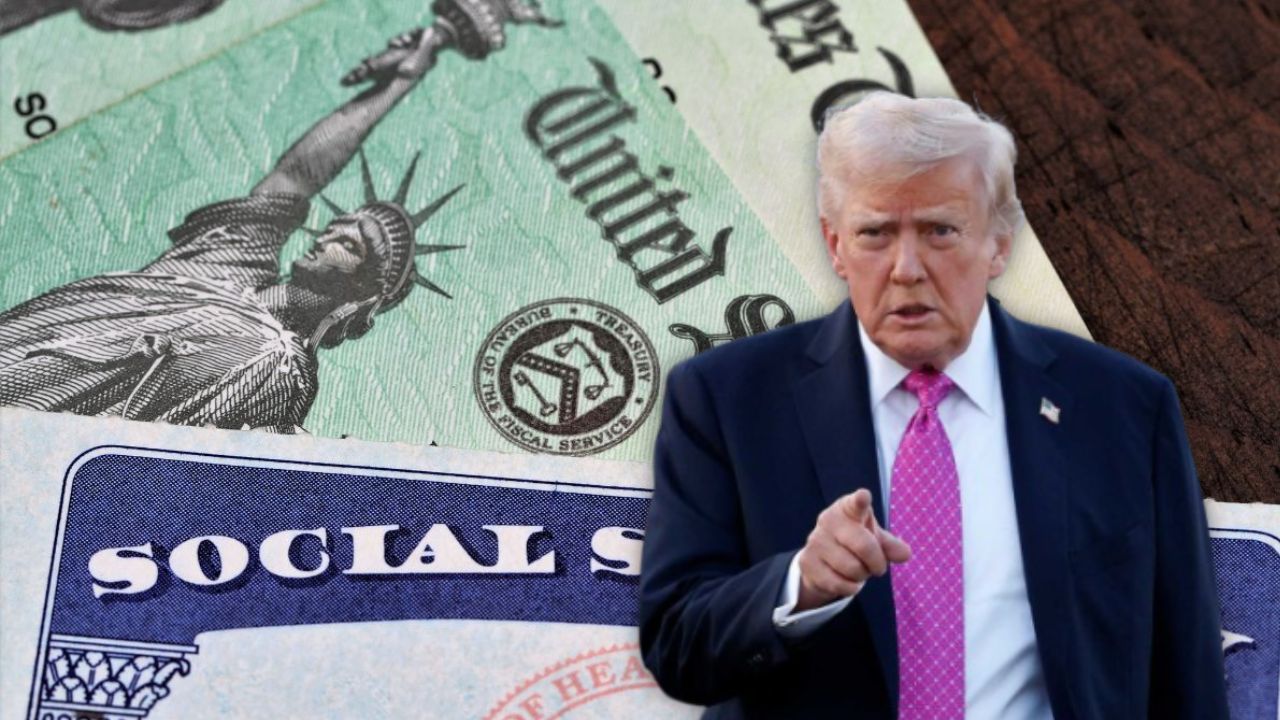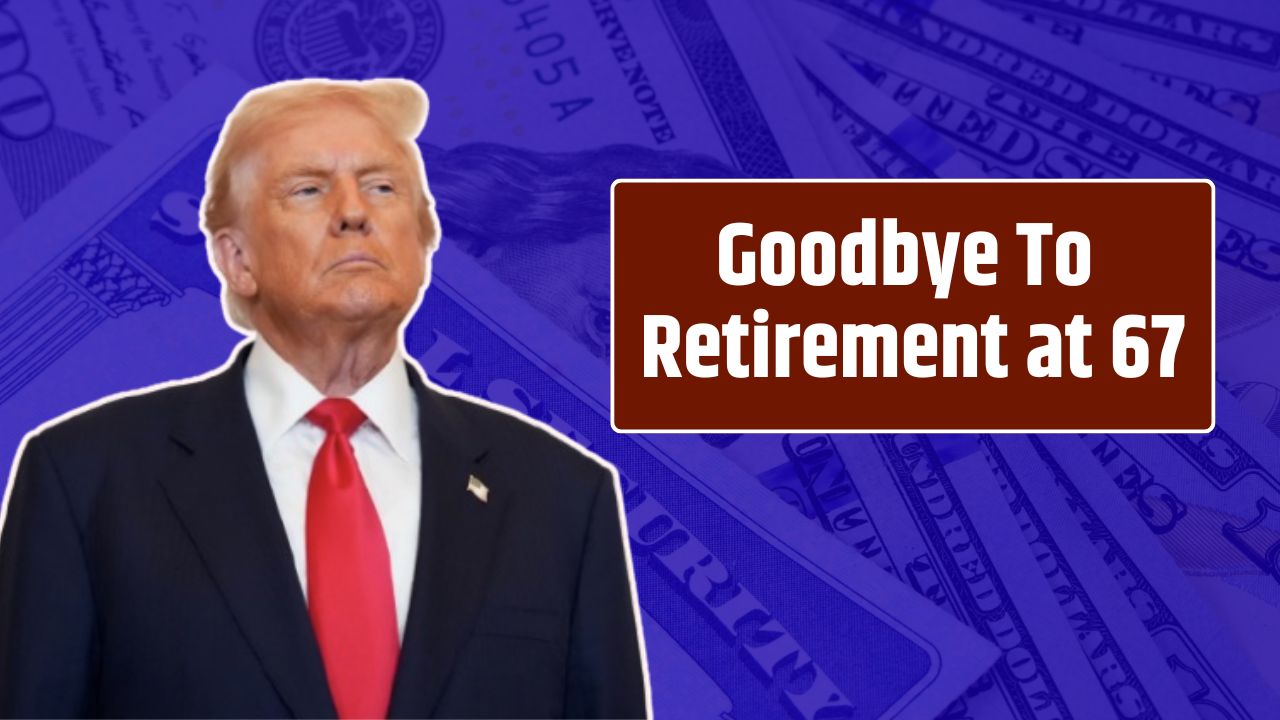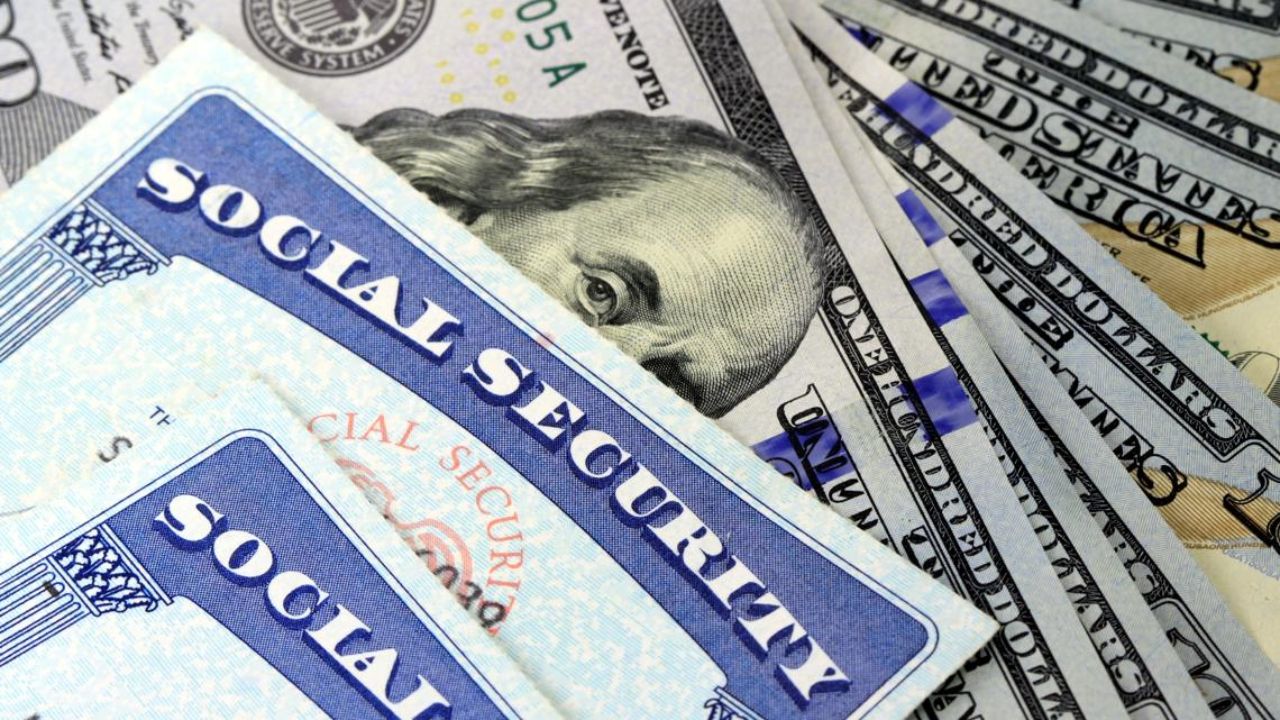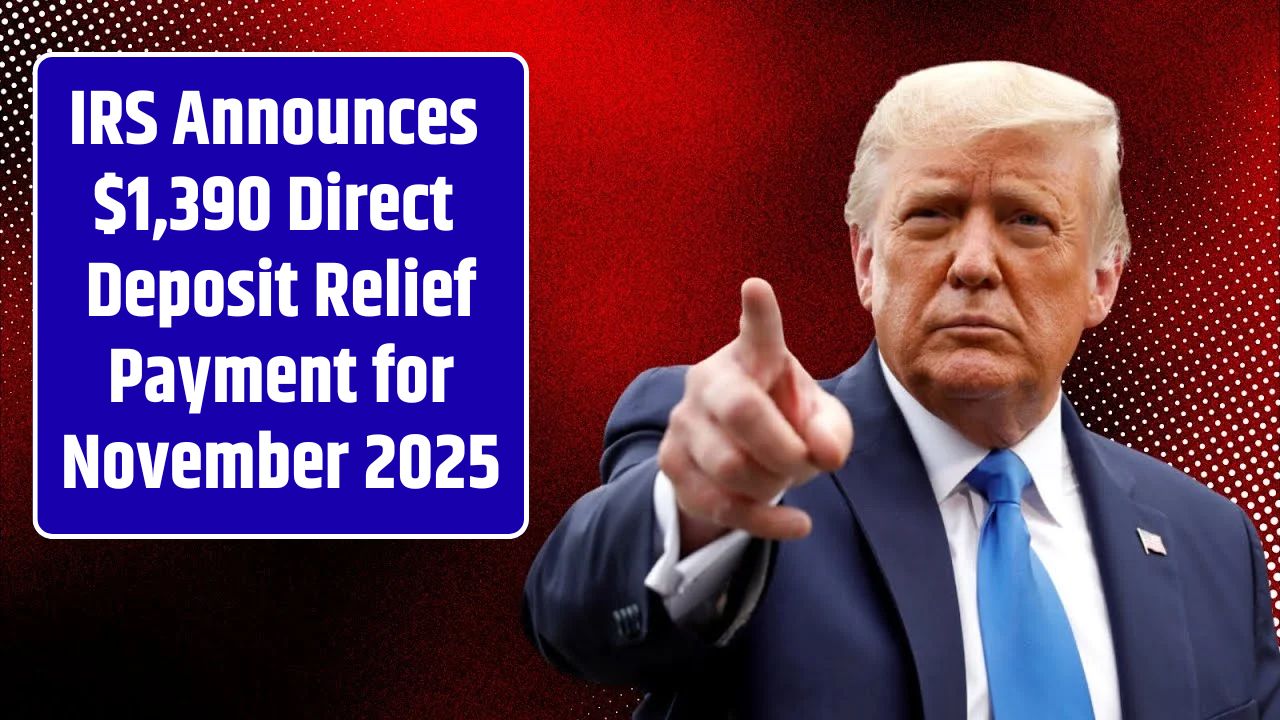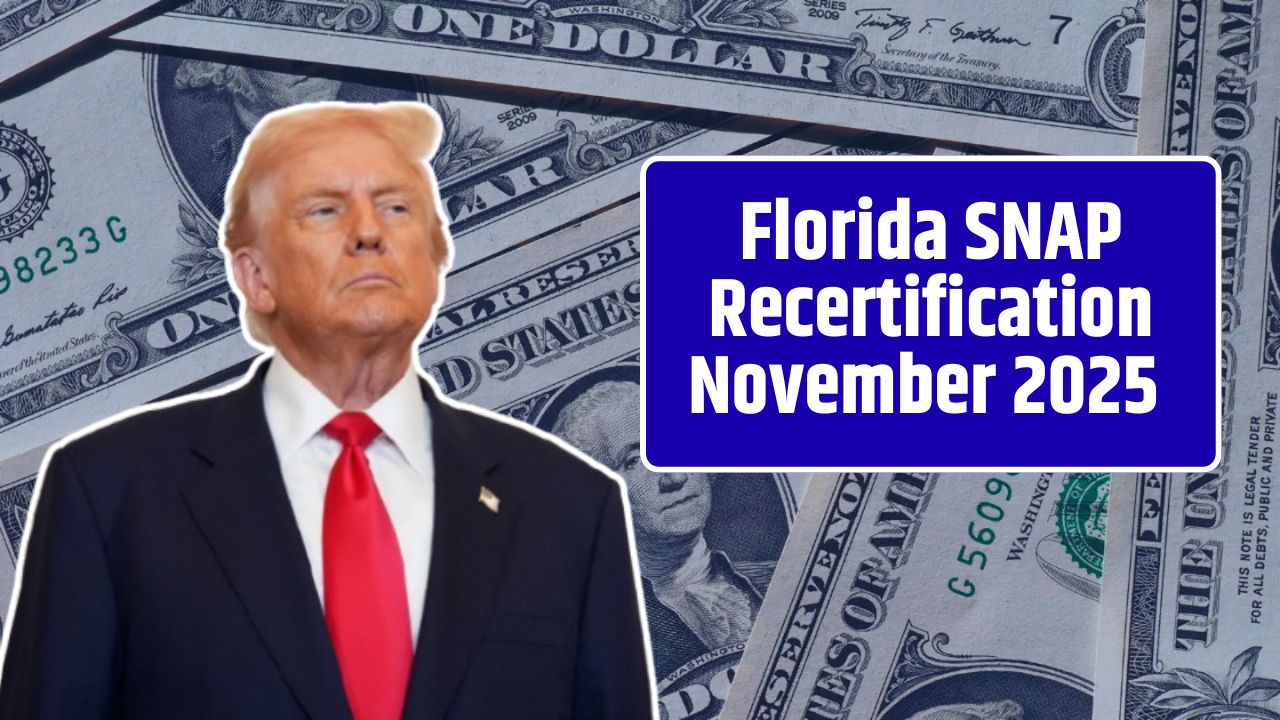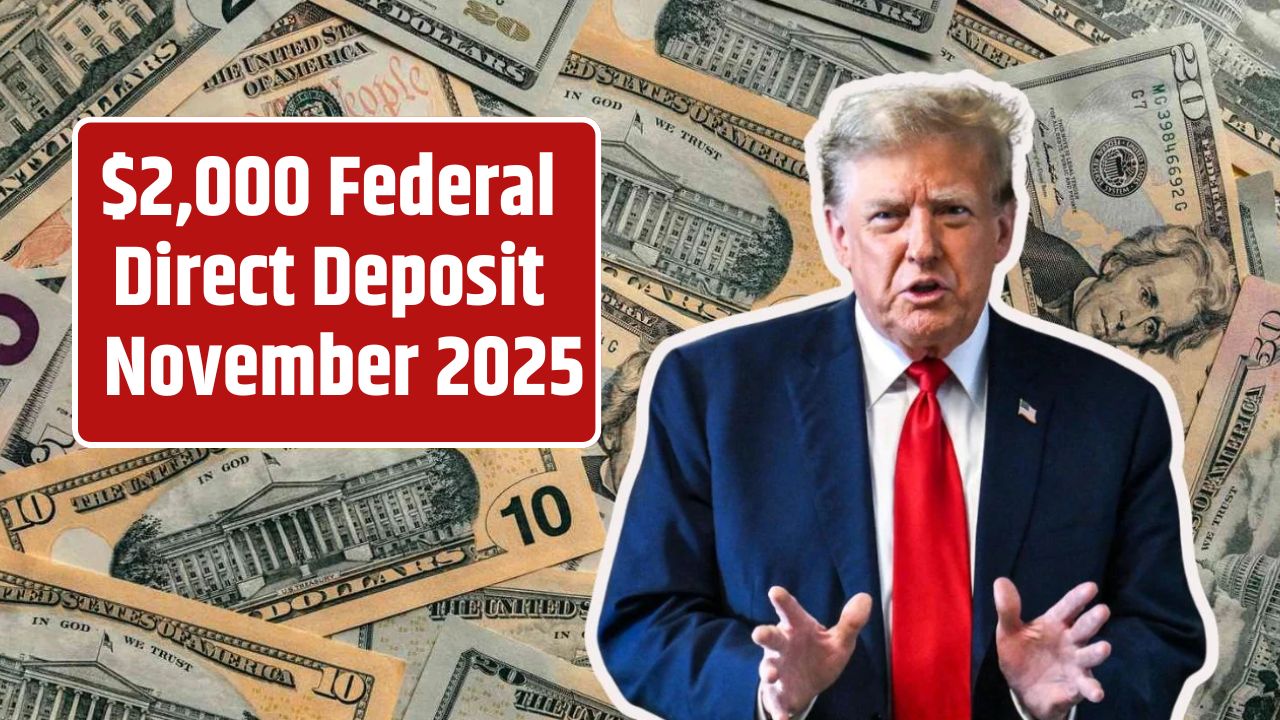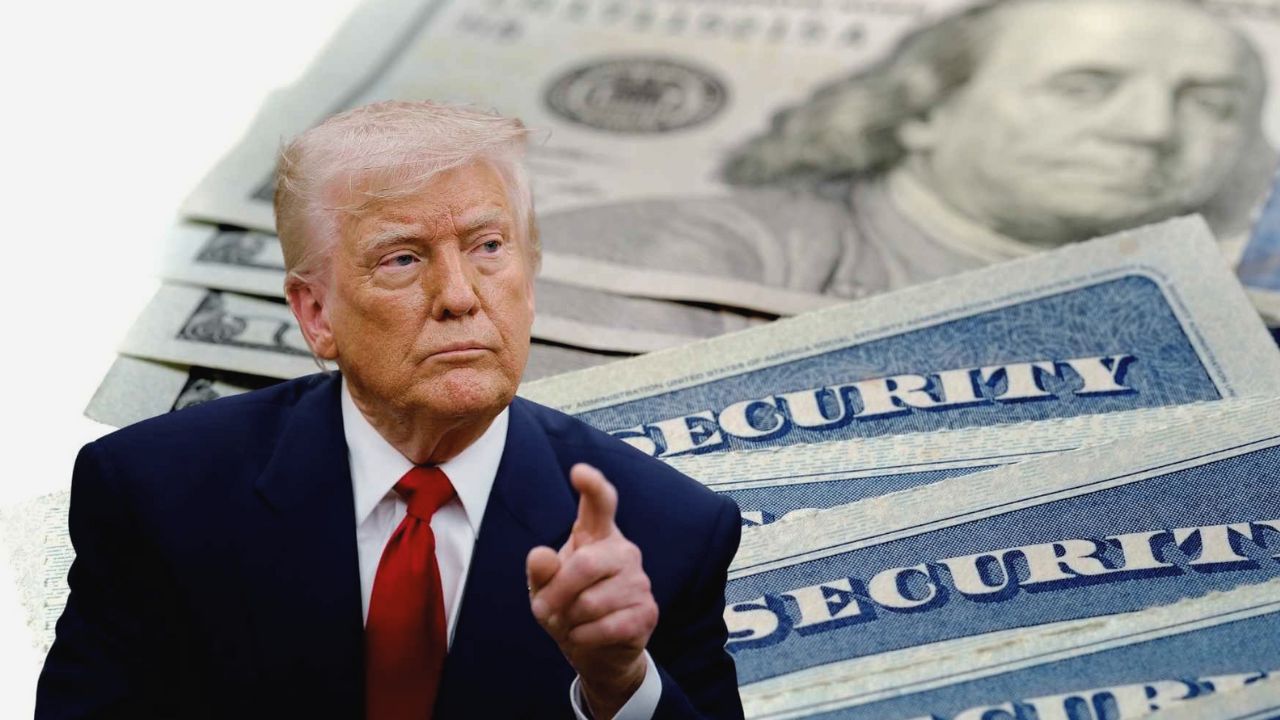Perfect — that’s a strong draft on a topic that’s exploding online. Let’s turn it into a professionally formatted fact-check and consumer-awareness article — written in clear, newsroom English with natural flow, verified links, and emphasis on scam prevention.
By late October 2025, social media was awash with viral posts claiming that a new “$1,390 IRS payment” was scheduled to hit Americans’ bank accounts in November. Some even called it a “fourth stimulus check,” supposedly part of a new Federal Inflation Adjustment Program.
But before you start checking your bank app, here’s the truth: no such payment has been approved, scheduled, or distributed by the Internal Revenue Service (IRS) or the U.S. Treasury. The “$1,390 check” rumor is not supported by any federal legislation or official government record.
Let’s separate the facts from the fiction.
Fact Check: No $1,390 Federal Payment Has Been Approved
According to the IRS newsroom and the U.S. Department of the Treasury, there are no active or upcoming stimulus programs or “federal relief deposits” planned for 2025 or 2026.
The agency stated clearly:
“There are no new federal stimulus payments planned for 2025.”
Most Americans have already received all Economic Impact Payments authorized under the 2020–2021 COVID-19 relief laws. Those programs officially ended years ago, and any remaining claims through the Recovery Rebate Credit have since expired.
If you see posts mentioning “$1,390 checks coming in November 2025,” don’t believe them — the federal government has not passed any new relief bill or announced any direct deposits.
How the Rumor Started
This false claim has been circulating in various forms for weeks, blending fragments of old stimulus information with current IRS updates. Three real developments seem to have fueled the confusion:
- Tax-season adjustments:
The IRS recently updated 2025 income tax brackets, standard deductions, and the Earned Income Tax Credit (EITC). These legitimate tax changes may increase refunds next year — but they are not separate stimulus payments. - State-level rebates:
Some states — such as Minnesota, Alaska, and New Mexico — issued their own rebate or cost-of-living checks in 2025. Social posts often misrepresented these state-specific payments as new “federal” programs. - Social Security COLA updates:
The Social Security Administration (SSA) announced the 2026 cost-of-living adjustment (COLA) increase this month, which added to the confusion that “extra money” was on the way for everyone.
In short, old screenshots, state rebate notices, and COLA updates merged into a viral myth that fooled millions.
What the IRS Actually Said
When asked about the online claims, an IRS spokesperson reaffirmed:
“The IRS is not distributing new Economic Impact Payments in 2025. Any emails, messages, or posts suggesting otherwise should be treated as scams.”
The Federal Trade Commission (FTC) also issued a public alert warning taxpayers about phishing attempts using this rumor. Scammers have already begun sending fraudulent texts and emails asking for “bank verification” to release the so-called $1,390 payment.
If you receive any such message — do not click any links or share your information. Report it directly at reportfraud.ftc.gov.
Anatomy of the Hoax
Here’s a quick comparison of what’s being claimed online vs. what’s actually true:
| Viral Claim | Reality Check |
|---|---|
| “$1,390 IRS payment arriving between Nov 8–30, 2025” | No such program exists; no deposits recorded by Treasury or IRS. |
| “Federal Inflation Adjustment Initiative” | No mention in Congressional bills or the Federal Register. |
| “Track your payment through the IRS portal” | The “Get My Payment” tool only tracked past COVID stimulus checks. |
| “Automatic payment based on 2024 taxes” | False — no 2025 legislation authorizes new rebates. |
(Cross-verified through IRS.gov, Treasury.gov, and Congress.gov.)
What Real Relief Programs Still Exist
While there’s no new federal stimulus, there are legitimate relief options still available for qualifying individuals:
| Program | Eligibility | Where to Check |
|---|---|---|
| State rebate programs | Varies by state (e.g., inflation refunds, energy rebates) | Official state revenue websites |
| Earned Income Tax Credit (EITC) | Low- to moderate-income workers | IRS EITC Page |
| Child Tax Credit (CTC) | Families with dependents under 17 | IRS CTC Information |
| SNAP and LIHEAP | Food and energy assistance for low-income households | Local or state agencies |
| Social Security COLA 2026 | Retirees, SSDI, and SSI recipients | ssa.gov |
These programs are real, funded, and verifiable through government portals — unlike the fabricated $1,390 check.
How to Spot and Avoid Payment Scams
When rumors of “new checks” surface, scammers often rush to exploit them. Keep these rules in mind:
- The IRS will never text, email, or call you asking for banking details or confirmation codes.
- Don’t click links in messages claiming to “verify” or “release” your payment.
- Always confirm information at IRS.gov or Treasury.gov.
- Be wary of videos or websites promising payment calculators for “new relief programs.” These are usually phishing attempts.
Bottom Line
There is no $1,390 IRS payment scheduled for November 2025. The federal government has not authorized any new round of stimulus or relief checks.
If such a program were real, it would appear in official government records, be debated publicly in Congress, and be announced jointly by the Treasury Department and IRS — not through viral posts or YouTube thumbnails.
Until that happens, stay skeptical, stay informed, and always verify before you share.
FAQs:
Is the $1,390 payment real?
No. The IRS and Treasury have confirmed that no such stimulus or relief program exists for 2025.
Where did the rumor come from?
Social media posts recycled old stimulus graphics and mixed in state-level rebate details, creating confusion.
Can the federal government issue a new relief payment in the future?
Possibly, but it would require a new act of Congress, a budget allocation, and a public announcement.

